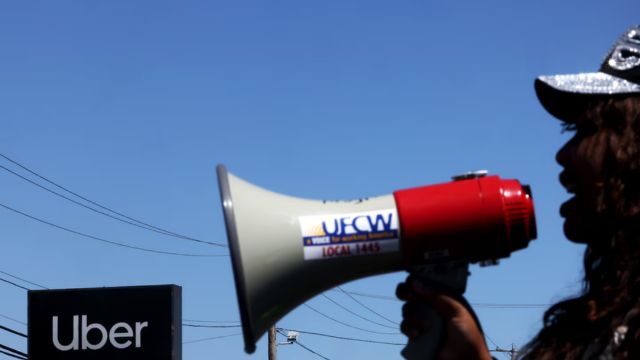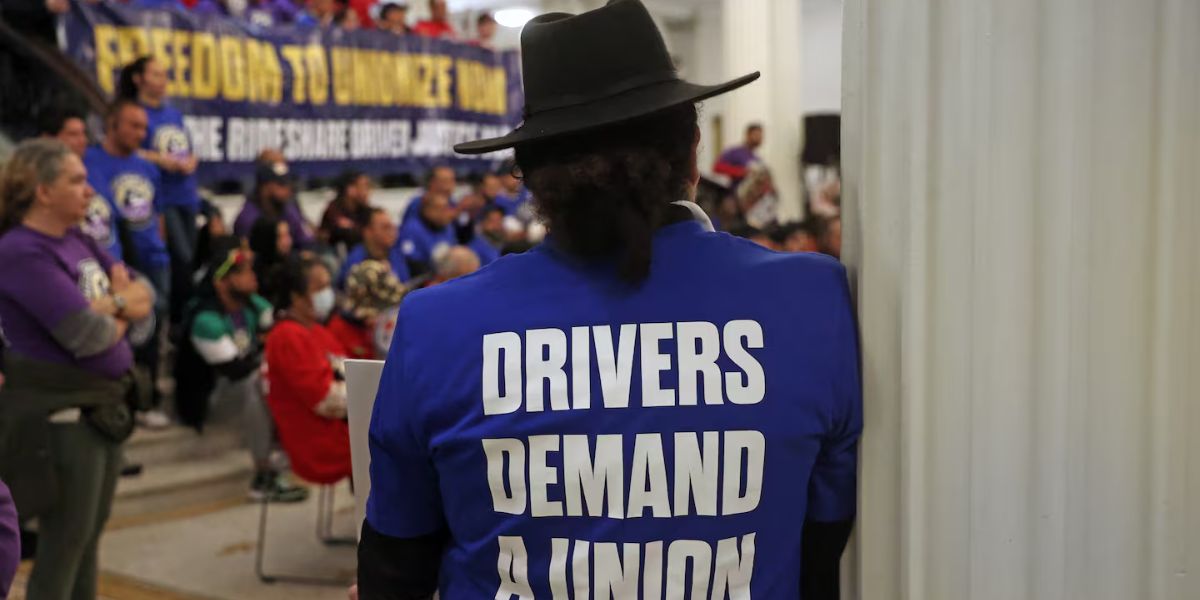- David Risher, the CEO of Lyft, frequently talks about the app’s earning potential on LinkedIn.
- However, BI talked with a Lyft driver in Pennsylvania who refuted Risher’s assertions.
- Drivers for ridesharing face difficulties such as inconsistent income and meeting their own costs.
- David Risher, the CEO of Lyft, frequently discusses his personal satisfying experiences driving for the ridesharing company.
Consider a recent LinkedIn post from Risher, wherein he describes chauffeuring Lyft passengers around Napa Valley on a Sunday during the early summer. The CEO claims that, after gratuities, he earned almost $28 per hour from three journeys in a ninety-minute period. He didn’t include petrol or other expenditures in the $28.
“Obviously I drive to learn, not to earn, and your mileage may vary,” he stated. “But I came away with even more appreciation for the driving experience.”
However, a Lyft driver from Pennsylvania told Business Insider that the truth is far different from what Risher portrays. The driver requested anonymity for this piece, claiming concern that Lyft might cancel his account. His work with Lyft and other information have been verified by BI.

Image – The Boston Globe
The driver told BI that he drove 85 miles and completed eight trips in around three hours during a recent week while driving in Pennsylvania. He calculates that, after deducting his costs, he made a pre-tax profit of $35 for his labor.
“They’re not even paying us minimum wage after those expenses are taken off of that,” stated the driver. “But they’re portraying out there that we’re making $20 or $30 an hour, and that is not true.”
SEE MORE –
High Wages Job: 7 Jobs in Demand With Hourly Rates Above $65, What Is the New Rules?
Regarding Risher’s most recent article, the driver declared, “It’s misrepresentation.”
Most of the time, gig workers like Lyft drivers and delivery drivers for companies like DoorDash and Instacart aren’t paid for the time they spend driving to pick someone up. They also don’t get compensated for the time they spend waiting for a ride offer via the app.
Unless you have the good luck that Risher did in Napa lining up nearly back-to-back-to-back rides, that unpaid time can eat deep into the money drivers earn while completing a job, the Lyft driver told BI.
In some smaller Pennsylvania cities, for example, “the traffic is so congested that you pick somebody up for a $3 ride, and it’ll take you 20 minutes to get there.”
“You subtract your mileage, and you’re in the hole,” he stated.
“We know that driving in rural areas of the country isn’t the same as compared to driving in some of the busiest cities like New York or San Francisco — each has their own characteristics,” a representative for Lyft told BI.
The representative also cited a May statement from Lyft stating that drivers will get at least 70% of weekly rates paid by passengers.
Because there are more contractors vying for orders, gig workers as a whole have received lesser compensation in recent years.
Uber and Lyft workers say they’re regularly offered rides that pay $3 or less each .
This month, the Pennsylvania driver said a new challenge hit his earning potential: A Lyft support representative told him via chat that he was suddenly unable to accept rides in the county next to where he usually works. Screenshots of the conversation were sent to BI by the driver. In response to a query concerning the policy from BI, Lyft did not reply.
So far, that’s led to fewer ride offers and less income, the driver said. He used to work in Pennsylvania, crossing county boundaries to get the best rides.
“I have to work 12 hours now to make what I used to make in eight hours,” he told BI.
